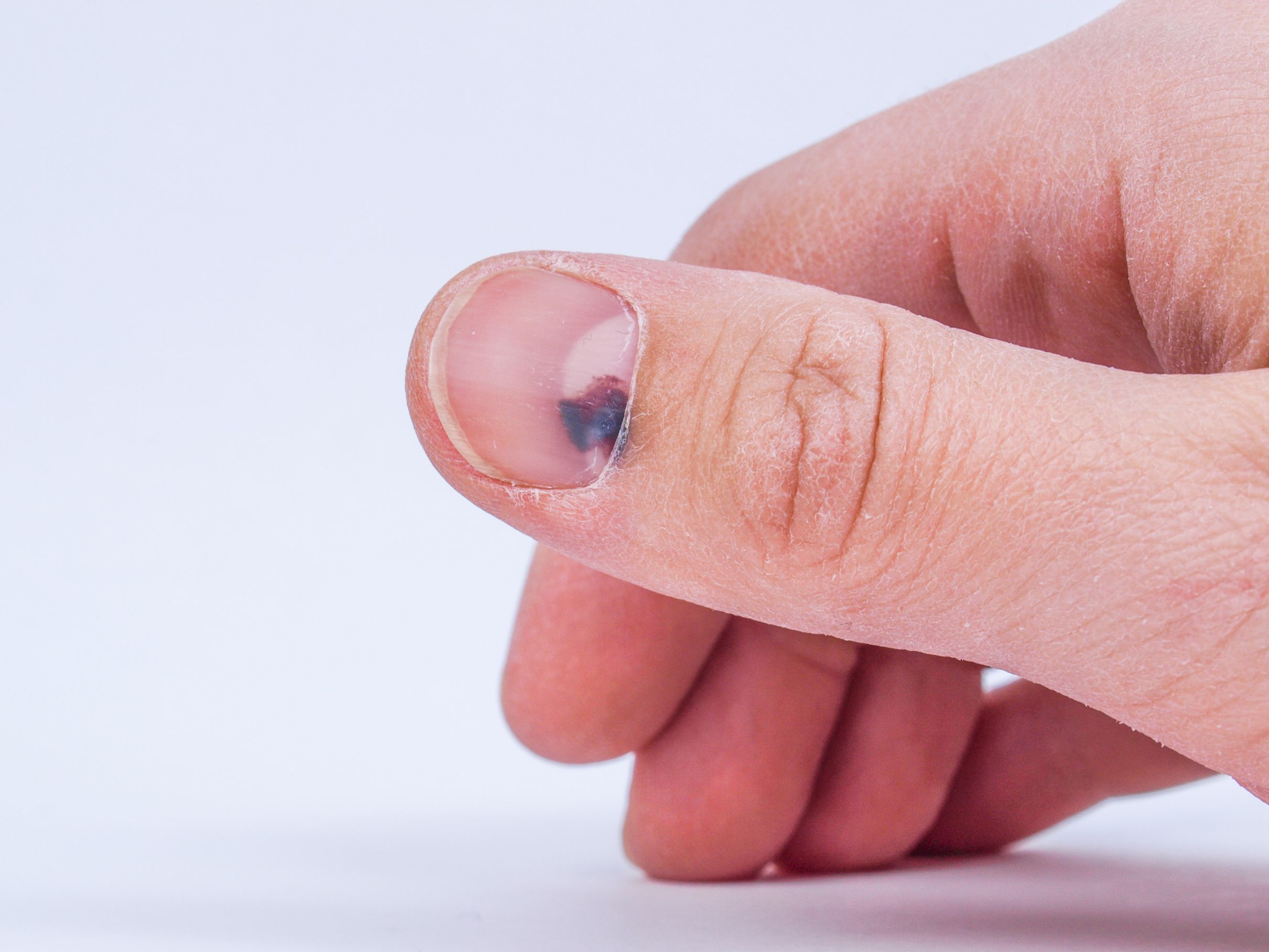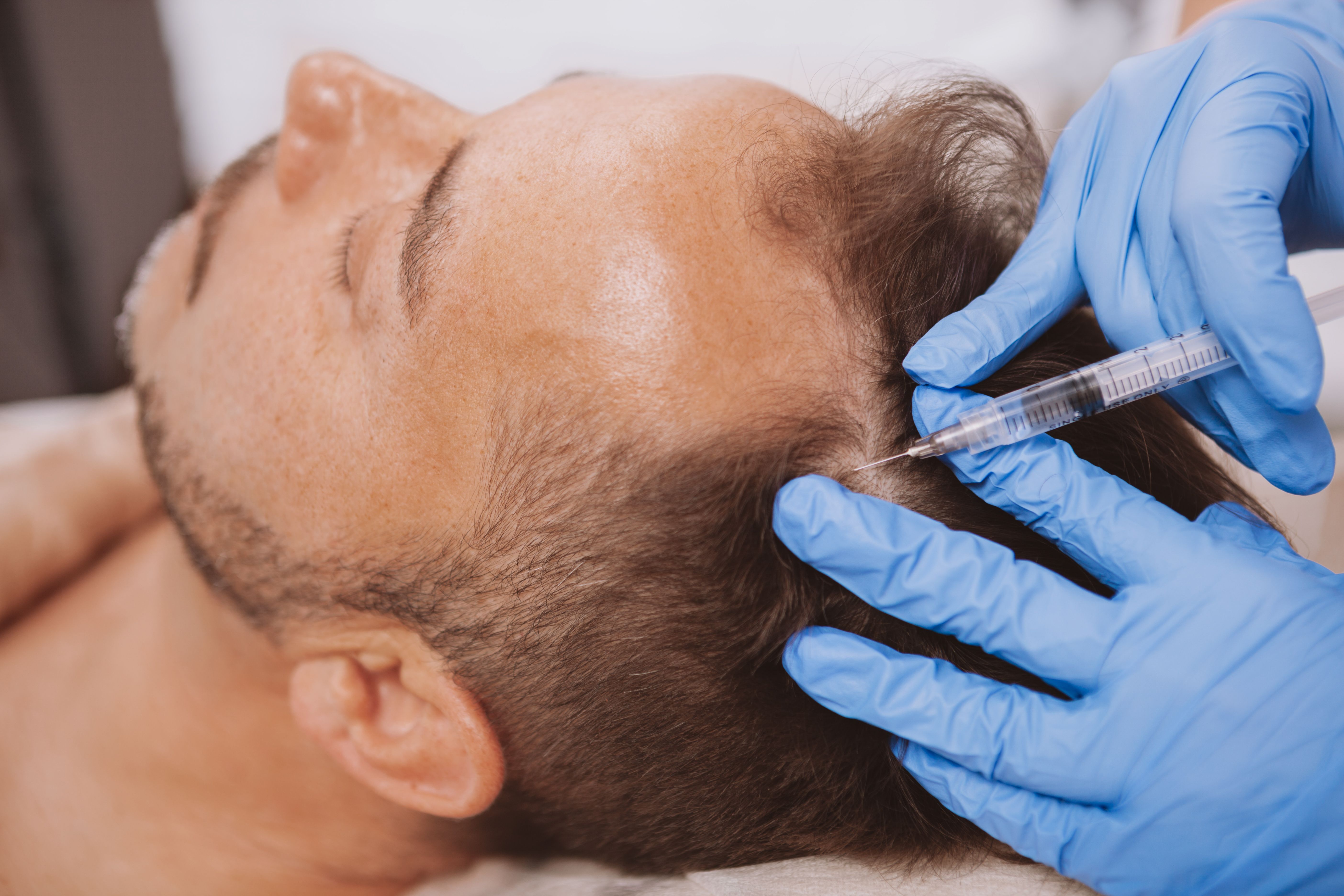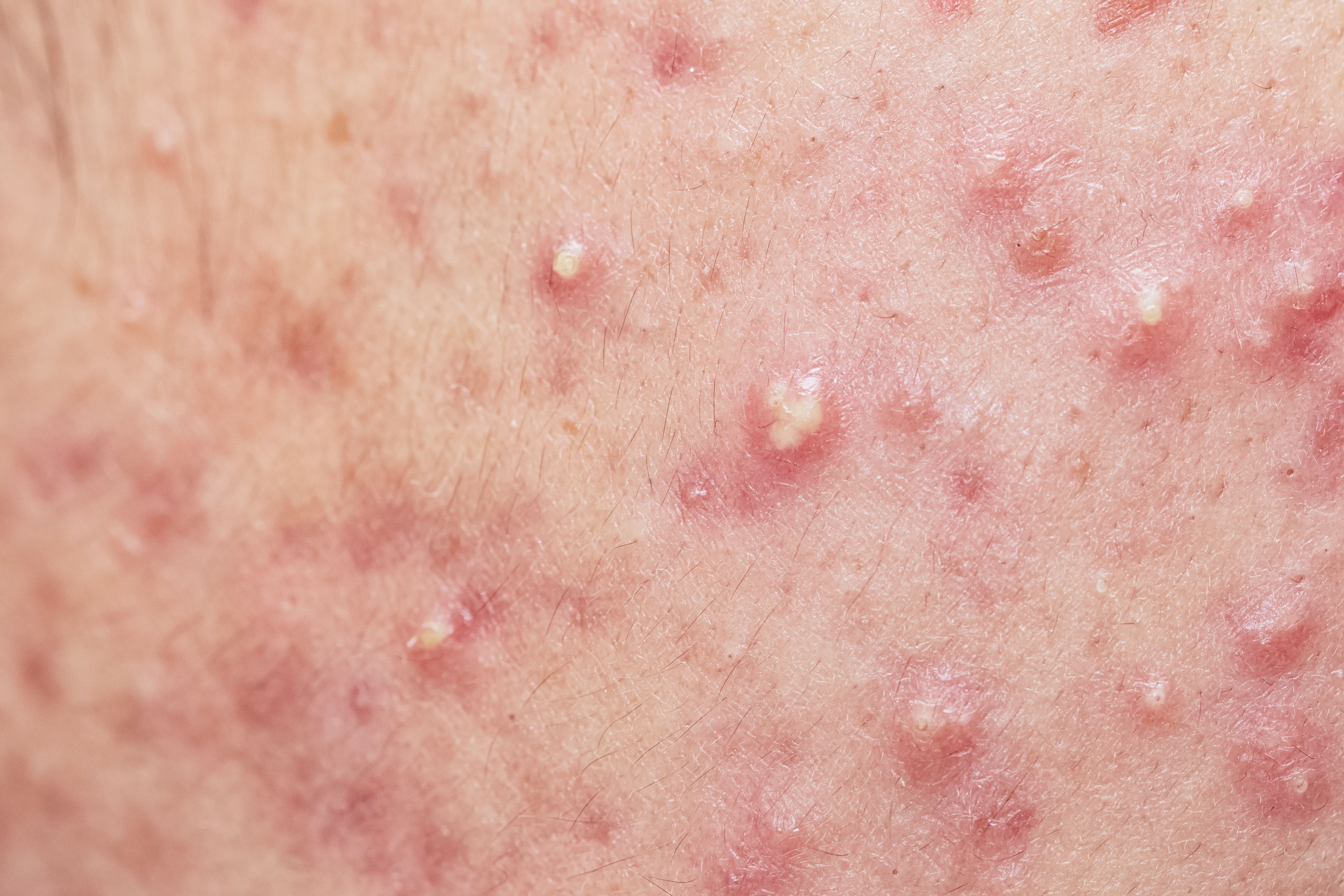- General Dermatology
- Eczema
- Chronic Hand Eczema
- Alopecia
- Aesthetics
- Vitiligo
- COVID-19
- Actinic Keratosis
- Precision Medicine and Biologics
- Rare Disease
- Wound Care
- Rosacea
- Psoriasis
- Psoriatic Arthritis
- Atopic Dermatitis
- Melasma
- NP and PA
- Skin Cancer
- Hidradenitis Suppurativa
- Drug Watch
- Pigmentary Disorders
- Acne
- Pediatric Dermatology
- Practice Management
- Prurigo Nodularis
News
Article
AAD Provides Nail Injury Treatment, Care Guidance
Author(s):
Shari Lipner, MD, PhD, FAAD, shared advice for providers and patients in the event of nail injuries.
Nail bed injuries account for the vast majority of acute and chronic nail bed deformity, with trauma being the most common cause of nail-related deformities.1
Claudio Divizia/AdobeStock

Board-certified dermatologist Shari Lipner, MD, PhD, FAAD, of the American Academy of Dermatology (AAD) recently offered nail injury care, prevention, and treatment best practices for dermatology providers and their patients alike as part of the AAD’s ongoing “Your Dermatologist Knows” series. Lipner is also an associate professor of clinical dermatology at Weill Cornell Medicine in New York.
In more mild nail injuries, patients may be able to treat their injuries at home. Lipner offered tips for at-home care, including:
- Using over the counter medications such as acetaminophen or ibuprofen for initial pain
- Trimming the affected area, if able
- Cleaning the wound thoroughly with gentle soap and water
- Stopping any bleeding with petroleum jelly and covering the wound; continuing to cover the affected nail even after bleeding stops to protect the area
- Avoiding the use of adhesives, such as Band-Aids or medical tape
- Using a cold, damp washcloth and elevation to reduce swelling
However, according to Lipner, dermatology providers may need to intervene in instances of severe nail bed injuries, and while patients may be able to treat injuries at home, providers need to reinforce that certain warning signs may be a cause for immediate concern. Untreated or improperly treated injuries can result in complications and further deformities.1
"While nail injuries can be treated at home, some injuries may require you to be seen by a medical professional," Lipner said in a press release from the AAD.2 "If you can't bend your finger or toe, if blood covers more than half your nail, if your nail is black or purple, or if your injury is particularly painful, see a board-certified dermatologist or get emergency medical care."
Lipner also recommended that aside from treatment and care, prevention should be at the forefront of the conversation around nails.
"To prevent a nail injury, I tell my patients to keep their nails short, so they do not bend or catch on objects," Lipner said. "Not only do short nails stay cleaner and break less often, they're also good for your overall health because they are less likely to harbor dirt and bacteria, which can lead to an infection. It's also important to make sure your shoes fit well and have a wide toe box to prevent rubbing. If you play sports, make sure to wear the proper gear to protect your nails."
References
- Bharathi RR, Bajantri B. Nail bed injuries and deformities of nail. Indian J Plast Surg. 2011;44(2):197-202. doi:10.4103/0970-0358.85340
- American Academy of Dermatology: How to care for an injured nail. PR Newswire: press release distribution, targeting, monitoring and marketing. July 25, 2023. Accessed July 28, 2023. https://www.prnewswire.com/news-releases/american-academy-of-dermatology-how-to-care-for-an-injured-nail-301885270.html.





